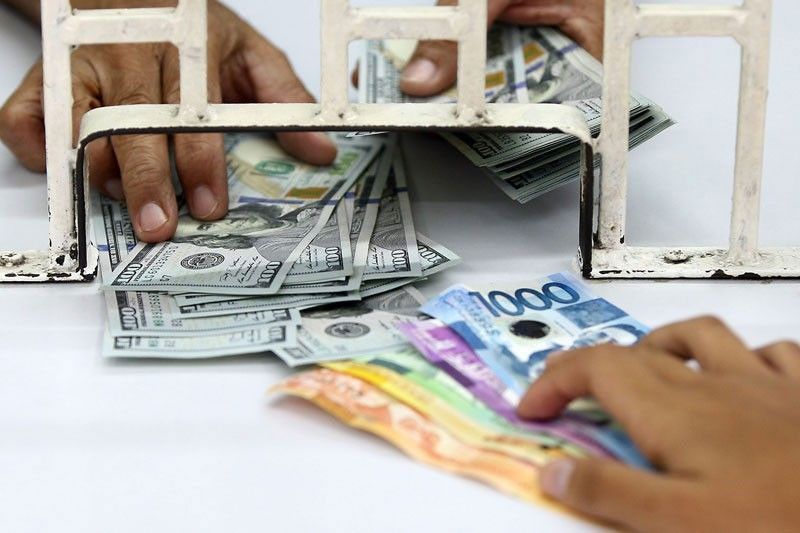ING sees peso weakening to 54 : $1

MANILA, Philippines — Dutch financial giant ING Bank said the peso would weaken further against the greenback to 54 this year and 55 next year due to strong imports, as well as soft remittances from overseas Filipinos.
ING Bank Manila senior economist Joey Cuyegkeng said the peso could depreciate further due to strong demand from importers and the unexpected slide of remittances in June.
Cuyegkeng, however, said the local currency could get some support and end the year stronger because of the share offering of food and beverage company San Miguel Food and Beverage Inc. (SMFB) that could generate as much as $2.4 billion.
A net inflow of more than $1 billion could see some strengthening of the peso, but not as strong as last year’s strengthening on the back of foreign – acquisition related net foreign direct investment (FDI) inflows, he said.
“A large net inflow may lead us to revise our year-end peso forecast from the current P54 to within the prevailing trading range of 52.80 to 53.55,” Cuyegkeng said.
SMFB, a unit of diversified conglomerate San Miguel Corp., is raising up to P142.8 billion to bankroll various investments as well as capital and funding requirements of future projects.
Latest data showed net FDI inflows jumped 49 percent to $4.85 billion in the first five months of the year from $3.25 billion in the same period last year, reflecting continued investor confidence in the country’s strong macroeconomic fundamentals and growth prospects.
Net FDI inflows accounted for more than half of the full-year target of $9.2 billion amid the improving global perception of the country as an investment destination.
Despite the higher projection, the FDI inflow this year would be lower than last year’s record inflow of $10.05 billion. Last year’s FDI inflows were higher than the $8.28 billion recorded in 2016 as investors continued to view the Philippines as a favorable investment destination.
The peso has emerged as one of the weakest performing currencies, shedding about seven percent to pierce the 53 to $1 level and hit a fresh 12-year low. The weakness of the peso could be attributed to the strong demand for dollars amid the strong importation of capital equipment and raw materials to support the expanding economy, the interest rate hikes by the US Federal Reserve and other shocks such as the crisis in Turkey.
However, the tightening path taken by the Bangko Sentral ng Pilipinas (BSP) that has so far raised interest rates by 100 basis points to rein in inflationary pressures has so far supported the local currency.
Inflation averaged 4.5 percent in the first seven months, exceeding the BSP’s two to four percent target. Based on its latest assessment, the central bank sees inflation averaging 4.9 percent this year before easing to 3.7 percent next year.
“BSP retains its hawkish stance not only about reassuring the market that inflation would ease to within the target range of two to four percent next year but also to reduce concerns of a weak peso also fuelling inflation,” Cuyegkeng said.
- Latest
- Trending




























